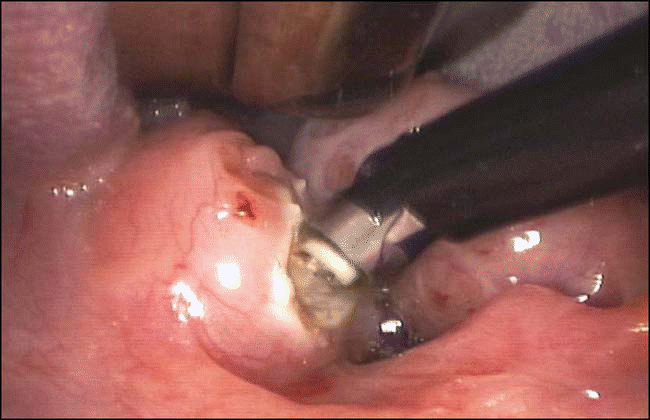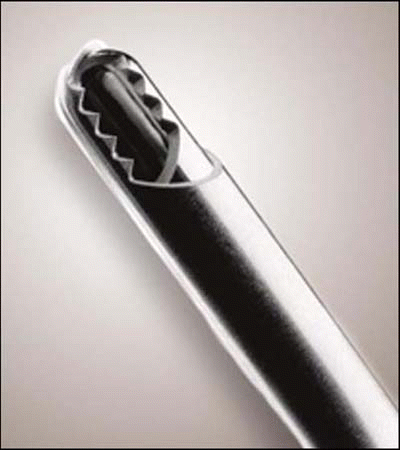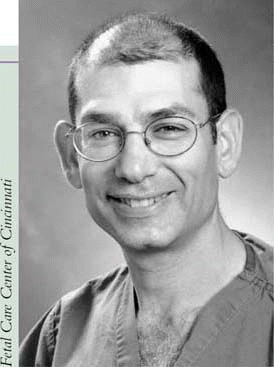Electrocautery is historically sound, relatively easy, effective, comfortable both for the surgeon and the staff, he said. It also has a predictable set of complications and I don’t think any different technique measures up to this.
Explore This Issue
August 2006Intracapsular
In 1930, physician Robert Fowler described the modern tonsillectomy as removing the whole tonsil and nothing but the tonsil, which made a lot of sense in the pre-antibiotic era when there was concern that subtotal resection could get re-infected
There were ample anecdotes from the tonsillotomy era about the regrowth of tonsils and the persistence of disease, said Peter Koltai, MD, Professor of Otolaryngology and Pediatrics at the Stanford University Medical Center. However, subsequent to the development of total tonsillectomy, it has become evident that there’s no such thing as a painless tonsillectomy that never bleeds.
The evidence, as it stands today, does support no significant difference in primary bleeding for Coblation in both complete and partial tonsillectomy…[and] also finds no significant difference in delayed bleeding, and pain in general is considered to be far less with Coblation. – -Udayan Shah, MD
But about ten years ago, Dr. Koltai and his colleagues began to contemplate whether or not there was a better way. The general concept of the intracapsular tonsillectomy was derived from the case of a specific child-an 11-month with severe obstructive sleep apnea and very large tonsils who had failed to respond to antibiotic therapy and steroids.
Electrocautery is historically sound, relatively easy, effective, comfortable both for the surgeon and the staff. It also has a predictable set of complications and I don’t think any different technique measures up to this. – -Charles Myer III, MD
We believed that a tonsillectomy and adenoidectomy would resolve the problem, but we all know how challenging regular T&A is to an 11-month old, so we considered a minimally invasive alternative, he said.
In 1994, Joe Krespi had introduced a procedure called the laser-assisted serial tonsillectomy. After the procedure, these kids would leave the office after local anesthesia and seemed to do very well with reduced bleeding, Dr. Koltai said.
Based on this new capsule-sparing insight and his previous experience using the microdebrider for adenoidectomy, Dr. Koltai decided to use that instrument to treat that 11-month-old patient and found that the child had a dramatic and rapid recovery. That was the beginning of intracapsular tonsillectomy.

Since that time, Dr. Koltai has undertaken three separate studies looking at the effect of intracapsular tonsillectomy. The results of those studies suggested fewer days to recovery and less analgesia, significantly reduced pain, and a significantly lower rate of dehydration and readmission to the hospital compared to total tonsillectomy.



Leave a Reply